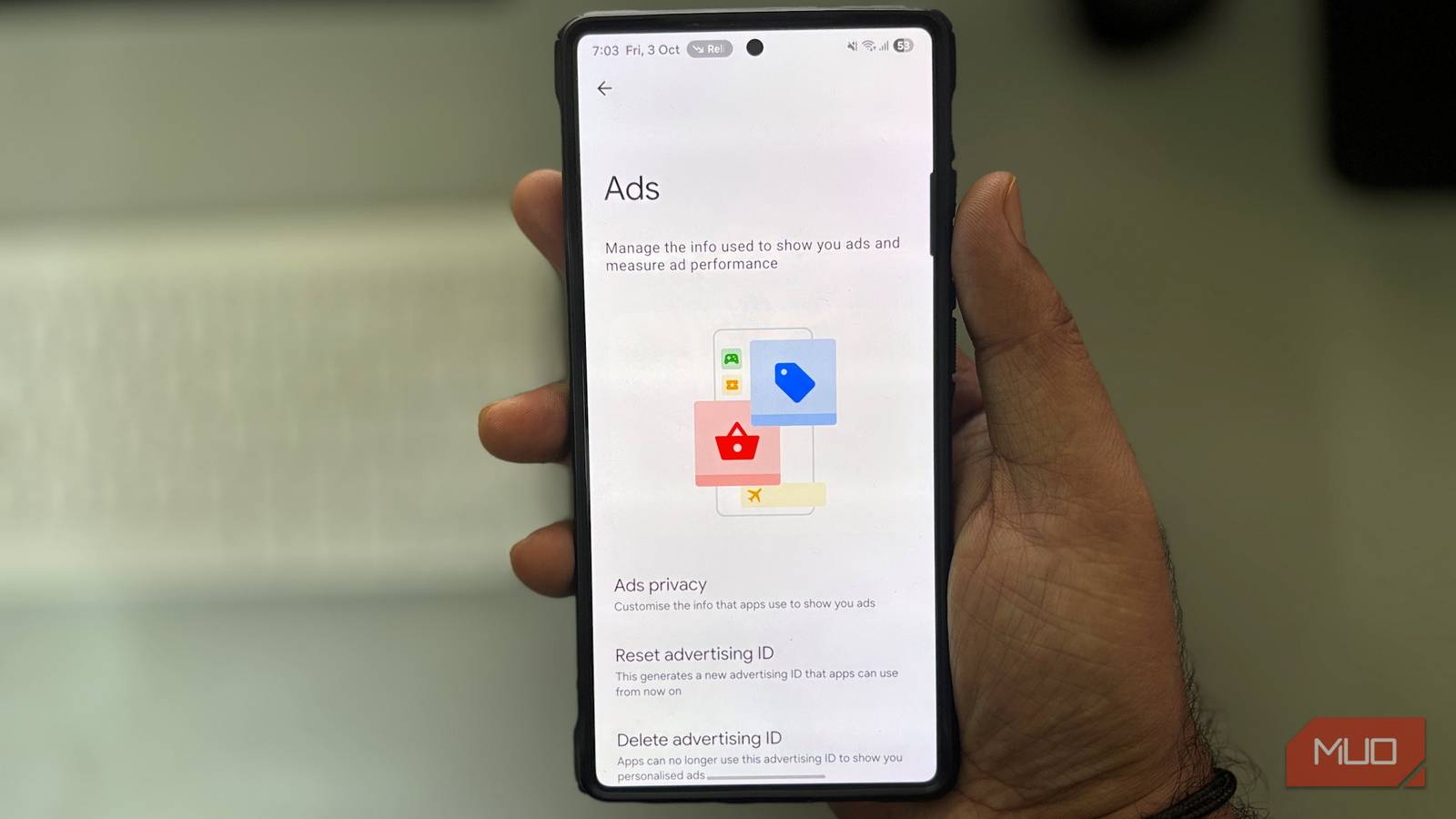Key Takeaways
- Enterprise systems can now run transformer-class models directly within the JVM using Open Neural Network Exchange (ONNX), unlocking AI capabilities without disrupting Java-based pipelines or introducing Python dependencies.
- Accurate inference depends on keeping tokenizers and models perfectly aligned. Architects must treat tokenizers as versioned, first-class components.
- ONNX Runtime enables seamless scalability across environments by supporting both CPU and GPU execution without requiring architectural changes.
- Pluggable, stateless components such as tokenizers, runners, and input adapters integrate naturally into layered or hexagonal Java architectures.
- This architecture allows enterprises to adopt AI while preserving JVM-native observability, security, and CI/CD workflows, eliminating the need for brittle polyglot stacks.
Introduction
While Python dominates the machine learning ecosystem, most enterprise applications still run on Java. This disconnect creates a deployment bottleneck. Models trained in PyTorch or Hugging Face often require REST wrappers, microservices, or polyglot workarounds to run in production. These add latency, increase complexity, and compromise control.
For enterprise architects, the challenge is familiar: How do we integrate modern AI without breaking the simplicity, observability, and reliability of Java-based systems? This challenge builds on earlier explorations of bringing GPU-level performance to enterprise Java, where maintaining JVM-native efficiency and control proved critical.
The Open Neural Network Exchange (ONNX) standard offers a compelling answer. Backed by Microsoft and supported across major frameworks, ONNX enables transformer-based inference, including Named Entity Recognition (NER), classification, and sentiment models, to run natively within the JVM. No Python processes, no container sprawl.
This article presents a design-level guide for architects seeking to bring machine learning inference into Java production systems. It explores tokenizer integration, GPU acceleration, deployment patterns, and lifecycle strategies for operating AI safely and scalably in regulated Java environments.
Why This Matters to Architects
Enterprise systems increasingly require AI to power customer experiences, automate workflows, and extract insight from unstructured data. But in regulated domains like finance and healthcare, production environments prioritize auditability, resource control, and JVM-native tooling.
While Python excels at experimentation and training, it poses architectural friction when deployed into Java systems. Wrapping models as Python microservices fragments observability, increases surface area, and introduces runtime inconsistencies.
ONNX changes the equation. It provides a standardized format for exporting models trained in Python and running them inside Java with native support for GPU acceleration and zero dependency on external runtimes. For additional patterns on leveraging GPU acceleration directly within the JVM, see bringing GPU-level performance to enterprise Java.
For architects, ONNX unlocks four key benefits:
- Language consistency with inference running inside the JVM, not as a sidecar.
- Deployment simplicity with no need to manage Python runtimes or REST proxies.
- Infrastructure reuse by leveraging existing Java-based monitoring, tracing, and security controls.
- Scalability with GPU execution available where needed, without refactoring core logic.
By eliminating the runtime mismatch between training and deployment, ONNX makes it possible to treat AI inference like any other reusable Java module: modular, observable, and production-hardened.
Design Goals
Designing for AI inference in Java isn’t just about model accuracy, it’s about embedding machine learning into the architectural, operational, and security fabric of enterprise systems. For architects, good design sets system-level goals that ensure AI adoption is sustainable, testable, and compliant across environments.
The following design goals reflect successful patterns observed in high-performing enterprise teams building ML-powered services in Java:
Eliminate Python from Production
ONNX enables teams to export models trained in Python and run them natively in Java, removing the need for embedded Python runtimes, gRPC bridges, or containerized Python inference servers, each of which adds operational friction and complicates secure deployment.
Support Pluggable Tokenization and Inference
Tokenizers and models should be modular and configurable. Tokenizer files (like tokenizer.json) and model files (like model.onnx) should be interchangeable per use case. Tokenizers and models facilitate adaptation to tasks like NER, classification, and summarization without rewriting code or violating clean architecture principles.
Ensure CPU – GPU Flexibility
The same inference logic should run on a developer’s laptop (CPU) and scale to production GPU clusters without requiring code changes. ONNX Runtime supports this inference logic natively via CPU and CUDA execution providers, making cross-environment consistency both feasible and cost-effective.
Optimize for Predictable Latency and Thread Safety
Inference must behave like any other enterprise-grade service: deterministic, thread-safe, and resource-efficient. Clean multithreading, preloading of models, and explicit memory control are essential to meet SLAs, enable observability, and avoid race conditions in concurrent systems.
Design for Reusability Across the Stack
ONNX-based inference modules should cleanly integrate into REST APIs, batch pipelines, event-driven processors, and embedded analytics layers. A separation of concerns, between preprocessing, model execution, and post processing, is critical to make components reusable, testable, and compliant with long-term maintenance policies.
Together, these goals help enterprise teams adopt machine learning without sacrificing architectural integrity, developer agility, or compliance mandates.
System Architecture Overview
Bringing machine learning inference into enterprise Java systems requires more than just model integration, it demands clear architectural separation and modularity. A robust ONNX-based inference system should be designed as a set of loosely coupled components, each handling a specific part of the inference lifecycle.
At the core, the system begins by accepting input data from various sources such as REST endpoints, Kafka streams, and file-based integrations. This raw input is passed to a tokenizer component, which converts it into the numerical format expected by the transformer model. The tokenizer is configured using a Hugging Face-compatible tokenizer.json file, ensuring consistency with the vocabulary and encoding used during training.
Once tokenized, the input flows into the ONNX inference engine. This component invokes ONNX Runtime to run the model inference using either a CPU or GPU backend. If GPU resources are available, ONNX Runtime can seamlessly delegate execution to CUDA-based providers, without requiring changes to application logic. The inference engine returns a set of predictions, typically in the form of logits (the raw, pre-softmax output scores of the model) or class IDs, which are then interpreted by a postprocessing module.
This postprocessor translates raw outputs into meaningful domain-specific entities such as tags, categories, or extracted fields. The final results are then routed to downstream consumers, whether it’s a business workflow engine, a relational database, or an HTTP response pipeline.
The system follows a clean architectural flow: adapter to tokenizer, tokenizer to inference engine, inference engine to postprocessor, and postprocessor to consumer. Each module can be developed, tested, and deployed independently, which makes the entire pipeline highly reusable and maintainable.
Figure 1: Pluggable ONNX Inference Architecture in Java
By treating inference as a pipeline of well-defined transformations rather than embedding logic into monolithic services, architects gain fine-grained control over performance, observability, and deployment. This modular approach also supports model evolution over time, allowing updates to tokenizers or ONNX models without destabilizing the system.
Model Lifecycle
In most enterprise scenarios, machine learning models are trained outside the Java ecosystem, typically in Python using frameworks like Hugging Face Transformers or PyTorch. Once finalized, models are exported to ONNX format alongside their tokenizer configuration, producing a model.onnx file and a compatible tokenizer.json file.
For Java-based inference systems, these artifacts act as versioned inputs, similar to external JARs or schema files. Architects should treat them as controlled deployment assets: validated, tested, and promoted across environments with the same discipline applied to code or database migrations.
A repeatable model lifecycle includes exporting the model and tokenizer, testing them against representative cases, and storing them in an internal registry or artifact store. At runtime, the inference engine and tokenizer module load these files via configuration, enabling safe updates without requiring full application redeployment.
By elevating models and tokenizers to first-class deployment components, teams gain traceability and version control. This elevation is critical in regulated environments where reproducibility, explainability, and rollback capabilities are essential.
Tokenizer Architecture
The tokenizer is one of the most overlooked, but critical, components in transformer-based inference systems. While attention often centers on the model, it’s the tokenizer that translates human-readable text into the input IDs and attention masks the model requires. Any mismatch in this transformation process leads to silent failures, predictions that look syntactically valid but are semantically incorrect.
In the Hugging Face ecosystem, tokenization logic is serialized in a tokenizer.json file. This artifact encodes the vocabulary, tokenization strategy (such as Byte-Pair Encoding or WordPiece), special token handling, and configuration settings. It must be generated using the exact tokenizer class and parameters used during training. Even minor discrepancies like a missing [CLS] token or shifted vocabulary index can degrade performance or corrupt inference output.
Architecturally, the tokenizer should exist as a standalone, thread-safe Java module that consumes the tokenizer.json file and produces inference-ready structures. It must accept raw strings and return structured output containing token IDs, attention masks, and (optionally) offset mappings for downstream interpretation. Embedding this logic directly into the Java service, rather than relying on a Python-based microservice, reduces latency and avoids fragile infrastructure dependencies.
Building the tokenizer layer in Java enables monitoring, unit testing, and full integration into enterprise CI/CD pipelines and facilitates deployment in secure or regulated environments that prohibit Python runtimes. In our own architecture, the tokenizer is a modular runtime component that dynamically loads the tokenizer.json file and supports reuse across models and teams.
Inference Engine
Once input text has been converted into token IDs and attention masks, the core task of the inference engine is to pass these tensors into the ONNX model and return meaningful outputs. In Java, this process is handled using ONNX Runtime’s Java API, which provides mature bindings for loading models, constructing tensors, executing inference, and retrieving results.
At the heart of this engine is the OrtSession class, a compiled, initialized representation of the ONNX model that can be reused across requests. This session should be initialized once at application startup and shared across threads. Recreating the session per request would introduce unnecessary latency and memory pressure.
Preparing inputs involves creating NDArray tensors, such as input_ids, attention_mask, and optionally, token_type_ids, which are standard input fields expected by transformer models. These tensors are constructed from Java-native data structures and then passed into the ONNX session. The session runs inference and produces outputs that typically include logits, class probabilities, or structured tags, depending on the model.
In Java, the inference call typically looks like:
OrtSession.Result result = session.run(inputs);
ONNX Runtime also supports execution providers that determine whether inference runs on CPU or GPU. On CUDA-enabled systems, inference can be offloaded to the GPU with minimal configuration. If GPU resources aren’t available, it gracefully falls back to CPU, so that behavior is consistent across environments. This flexibility allows a single Java codebase to scale from developer laptops to production GPU clusters without branching logic, building on concepts first discussed in bringing GPU-level performance to enterprise Java.
Architecturally, the inference engine must remain stateless, thread-safe, and resource-efficient. It should offer clean interfaces for observability: logging, tracing, and structured error handling. For high-throughput scenarios, pooling and micro-batching can help optimize performance. In low-latency contexts, memory reuse and session tuning become essential for keeping inference costs predictable.
By treating inference as a modular service with a clean contract and well-bounded performance characteristics, architects can fully decouple AI logic from business workflows with independent evolution and reliable scaling.
Deployment Models
Designing an inference engine is only half the challenge; Deploying it across enterprise environments is equally important. Java systems span everything from REST APIs to ETL pipelines and real-time engines, so ONNX-based inference must adapt without duplicating logic or fragmenting configuration.
In most cases, the tokenizer and inference engine are directly embedded as Java libraries, which avoids runtime dependencies and integrates cleanly with logging, monitoring, and security frameworks. In frameworks like Spring Boot and Quarkus, inference becomes just another injectable service.
Larger teams often externalize this logic into a shared module that handles tokenizer and model loading, tensor preparation, and ONNX session execution. This externalization promotes reuse, simplifies governance, and provides consistent AI behavior across services.
In GPU-backed environments, ONNX Runtime’s CUDA provider can be enabled via configuration, no code changes required. The same Java application runs on both CPU and GPU clusters, making deployment portable and resource-aware.
Model artifacts can be packaged with the application or loaded dynamically from a model registry or mounted volume. The latter enables hot-swapping, rollback, and A/B testing, but requires careful validation and versioning. The key is flexibility. A pluggable, environment-aware deployment model, whether embedded, shared, or containerized, ensures inference fits seamlessly into existing CI/CD and runtime strategies.
Comparison with Framework-Level Abstractions
Frameworks such as Spring AI simplify the process of calling external large language models by providing client abstractions for providers like OpenAI, Azure, or AWS Bedrock. These frameworks are valuable for prototyping conversational interfaces and Retrieval-Augmented Generation (RAG) pipelines, but they operate at a fundamentally different layer than ONNX-based inference. Whereas Spring AI delegates inference to remote services, ONNX executes models directly inside the JVM, so that inference remains deterministic, auditable, and fully under enterprise control.
This distinction has practical consequences. External frameworks produce non-repeatable outputs and depend on the availability and evolving APIs of third-party providers. By contrast, ONNX inference uses versioned artifacts, model.onnx and tokenizer.json, which behave consistently across environments, from a developer’s laptop to a production GPU cluster. This reproducibility is critical for compliance and regression testing, where small variations in model behavior can have significant downstream impact. It also ensures that sensitive data never leaves enterprise boundaries, which is an essential requirement in domains such as finance and healthcare.
Perhaps most importantly, ONNX maintains vendor neutrality. Because it is an open standard supported across training frameworks, organizations are free to train models using their preferred ecosystem and deploy them in Java without concern for provider lock-in or API drift. In this way, ONNX complements frameworks like Spring AI rather than competing with them. The former provides a stable, in-process foundation for compliance-critical workloads, while the latter enables developers to quickly explore generative use cases at the application edge. For architects, the ability to draw this line clearly is what ensures that AI adoption remains both innovative and operationally sustainable.
What’s Next
Now that we’ve established how ONNX models can be integrated into Java systems through native tokenization and stateless inference layers, the next logical challenge is scaling this architecture securely and reliably in production.
In the next article, we’ll explore:
- Security and Auditability for AI in Java for implementing traceable, explainable AI pipelines that comply with enterprise governance policies and regulatory frameworks.
- Scalable Inference Patterns for loadbalancing ONNX inference across CPU/GPU threads, async job queues, and high-throughput pipelines using native Java constructs.
- Memory Management and Observability for profiling inference memory footprints, tracing slow paths, and tuning latency using JVM-native tools.
- Evolving Beyond JNI, a hands-on look at the Foreign Function & Memory API (JEP 454) as a replacement for JNI in future-proof inference pipelines.
*Author’s Note: This implementation is based on independent technical research and does not reflect the architecture of any specific organization.










